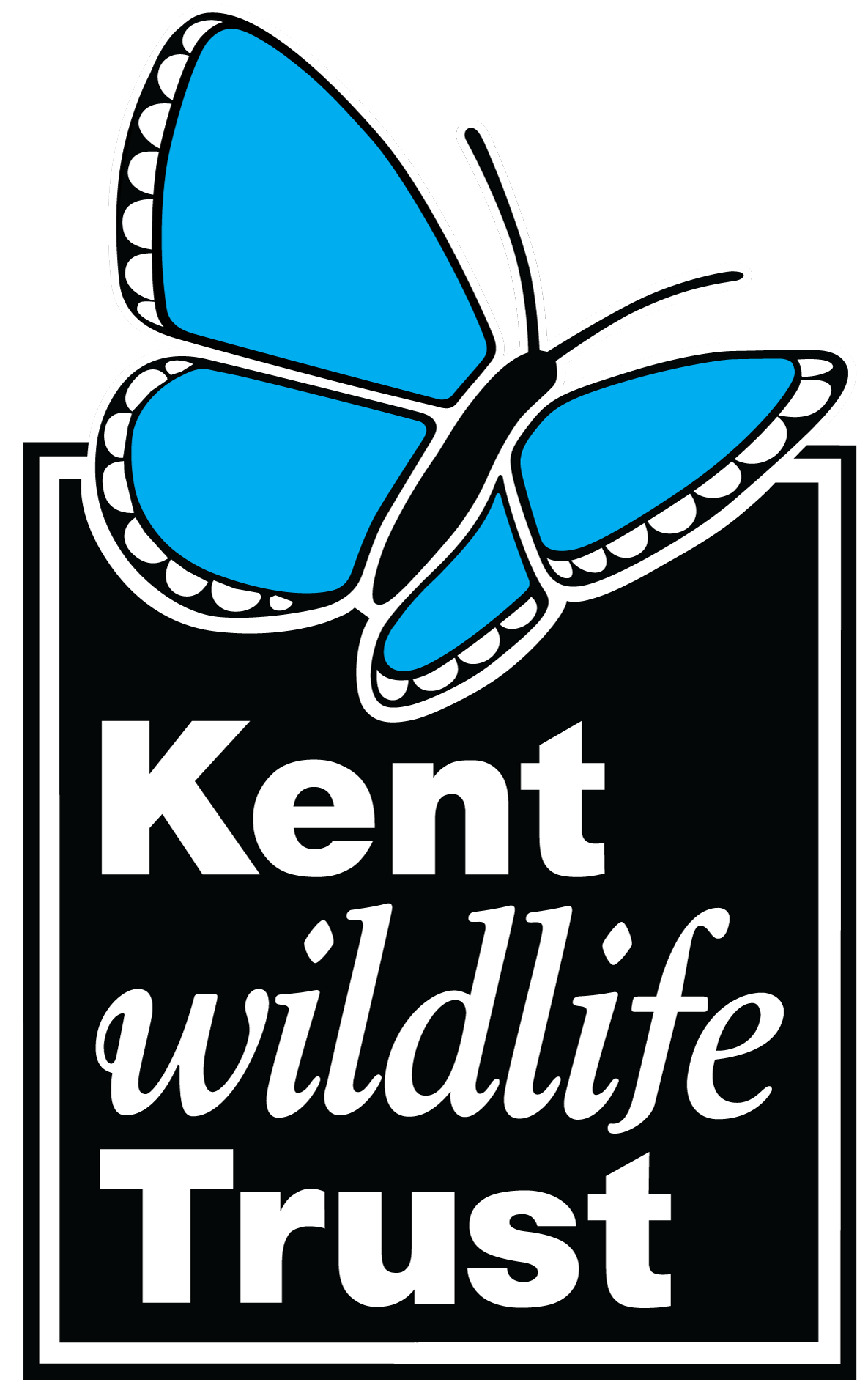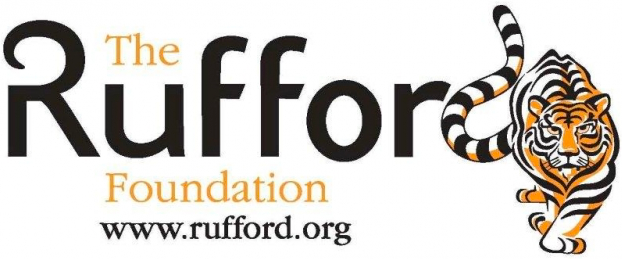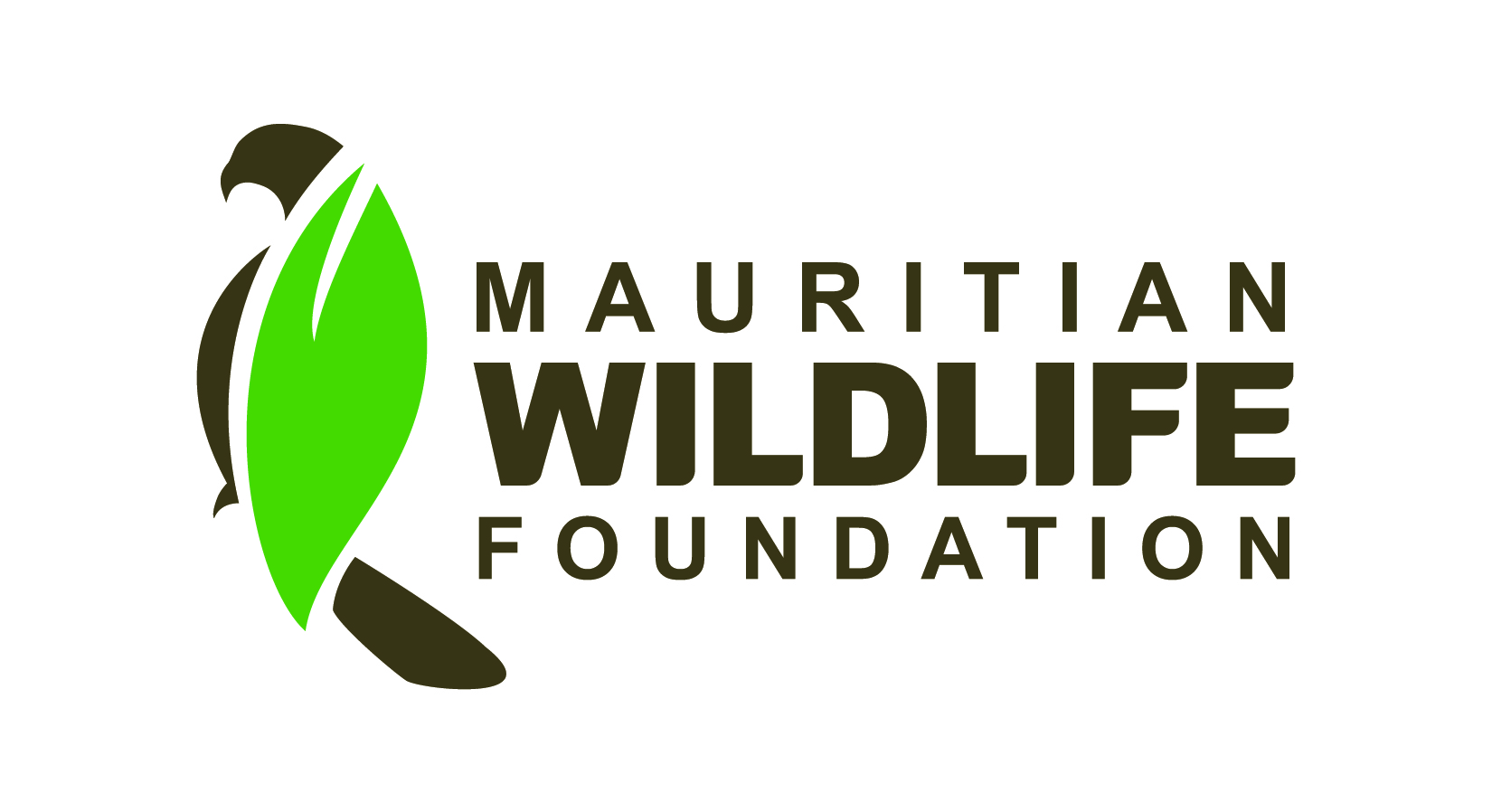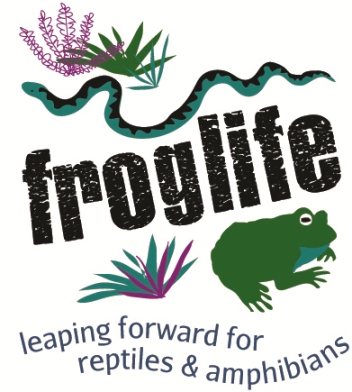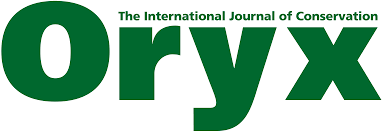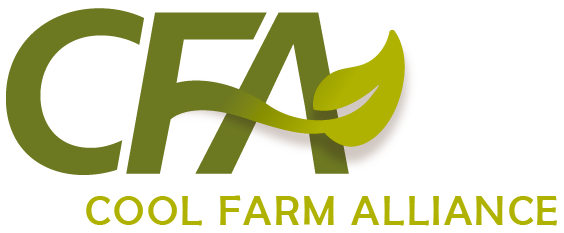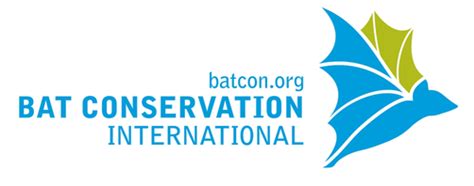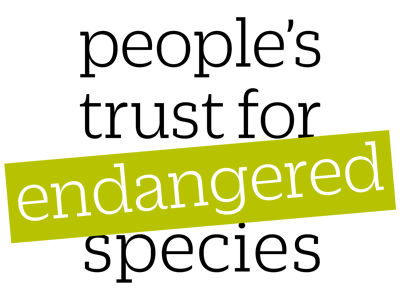The contribution of quota to the discards problem: a case study on the complexity of common megrim Lepidorhombus whiffiagonis discarding in the northern North Sea
-
Published source details
Macdonald P., Cleasby I.R., Angus C.H. & Marshall C.T. (2014) The contribution of quota to the discards problem: a case study on the complexity of common megrim Lepidorhombus whiffiagonis discarding in the northern North Sea. ICES Journal of Marine Science, 71, 1256-1265.
Published source details Macdonald P., Cleasby I.R., Angus C.H. & Marshall C.T. (2014) The contribution of quota to the discards problem: a case study on the complexity of common megrim Lepidorhombus whiffiagonis discarding in the northern North Sea. ICES Journal of Marine Science, 71, 1256-1265.
Actions
This study is summarised as evidence for the following.
| Action | Category | |
|---|---|---|
|
Prohibit high grading in which only the most profitable individuals or species are landed Action Link |
|
|
|
Introduce an overall catch limit (quota cap or total allowable catch) by fishery or fleet Action Link |
|
-
Prohibit high grading in which only the most profitable individuals or species are landed
A replicated, before-and-after study in 2008–2012 of a fished area of seabed in the North Sea/North Atlantic Ocean, UK (Macdonald et al. 2014) reported that a ban on high grading did not prevent the discarding of legal-sized but unwanted common megrim Lepidorhombus whiffiagonis that were required to be landed. Data were not tested statistically. Across all catches, the proportion of megrim above minimum landing size discarded and classed as “bruised” remained widespread both after (2010–2012) and before (2008–2009) high grading was prohibited (after: 0.10–0.15, before: 0.13–0.15). Similarly, legal-sized but “small” megrim continued to be discarded, but in increasingly lower proportions (after: 0.1–0.36, before: 0.32–0.39). High grading was prohibited in the North Sea in 2009 and meant that any species managed under quotas (such as megrim) was required to be landed if above minimum landing size. Data were collected by on board sampling of catches on eight demersal (bottom) fishing vessels based in the Shetland Islands, Scotland, and working in the mixed demersal fishery in the northern North Sea/North Atlantic Ocean (International Council for the Exploration of the Sea (ICES) Division IVa). Observer trips (2–8 d) were undertaken between May 2008 and March 2012. A total of 25 trips (22 twin trawl and 3 seine) and 407 hauls were sampled. Megrim length was recorded from the retained and discarded portions of the catch. Discards were categorized as “small” or “bruised”.
(Summarised by: Natasha Taylor)
-
Introduce an overall catch limit (quota cap or total allowable catch) by fishery or fleet
A replicated, before-and-after study in 2008–2012 of a fished area of seabed in the North Sea/North Atlantic Ocean, UK (Macdonald et al. 2014) found that an overall catch limit (total allowable catch) for common megrim Lepidorhombus whiffiagonis did not result in a reduction of unwanted catch, and even though it reduced discarding, this was due only to higher retention of small but legal sizes of fish previously discarded. Across all catches, the proportion of total megrim catch discarded decreased in years with higher quotas (2011–2012, average 20% in 2012) compared to years with lower quotas (2008–2010: data reported as statistical results, average 54% in 2009). However, the reduction was mainly the result of a lower proportion of fish categorized by the crew as ‘small’, and discarded, as quota increased (2012: 0.1, 2009: 0.39) even though >99% were above minimum landing size. The likelihood of a fish being discarded decreased with increasing quota (data reported as statistical result) indicating catch limits were only regulating the amount of megrim landed but had no effect on fishing mortality, particularly of smaller sizes. Megrim total allowable catch was reduced in the North Sea between 2004–2007 in response to low biomass. However, increasing megrim biomass and low catch limits led to high discarding and limits were increased again between 2010–2013. Data were collected by on board sampling of catches on eight demersal (bottom) fishing vessels based in the Shetland Islands, Scotland, and working in the mixed demersal fishery in the northern North Sea/North Atlantic Ocean (International Council for the Exploration of the Sea (ICES) Division IVa). Observer trips (2–8 d) were undertaken between May 2008 and March 2012. A total of 25 trips (22 twin trawl and 3 seine) and 407 hauls were sampled. Megrim length was recorded from the retained and discarded portions of the catch. Discards were categorized as “small” or “bruised”.
(Summarised by: Natasha Taylor)
Output references
|
|

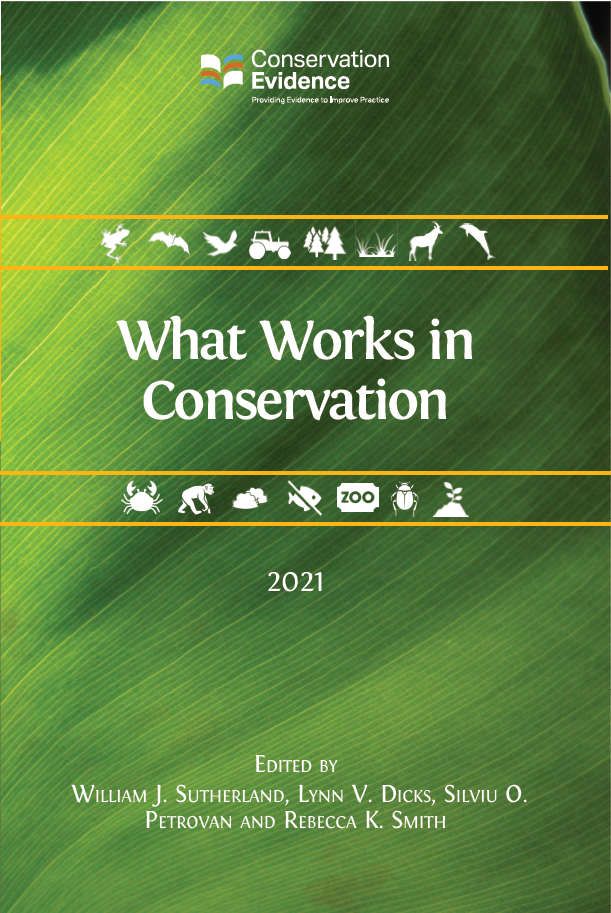
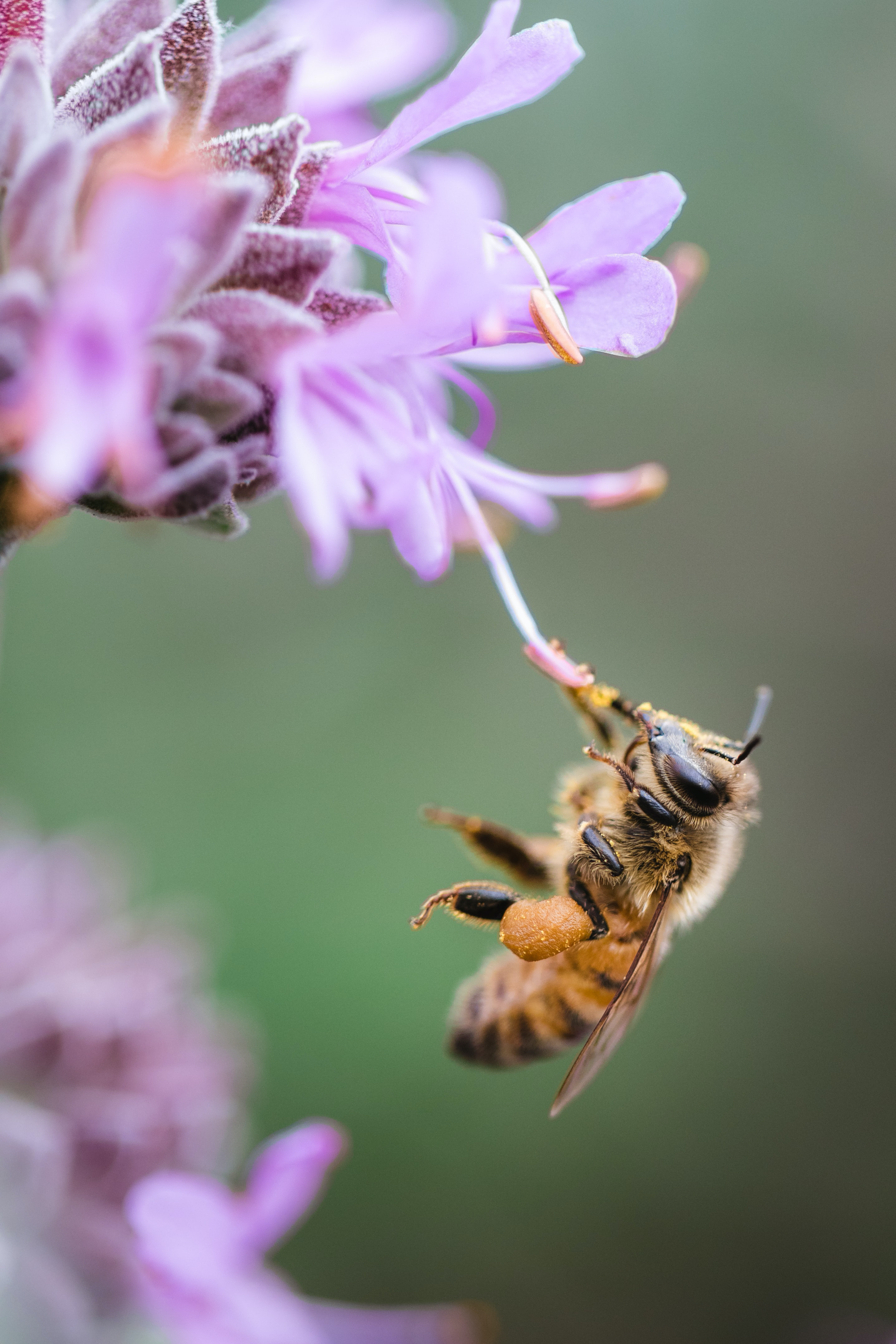


)_2023.JPG)
